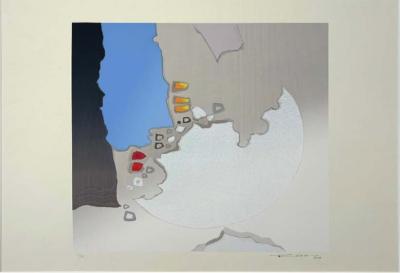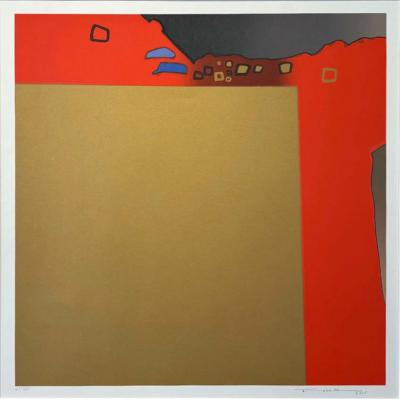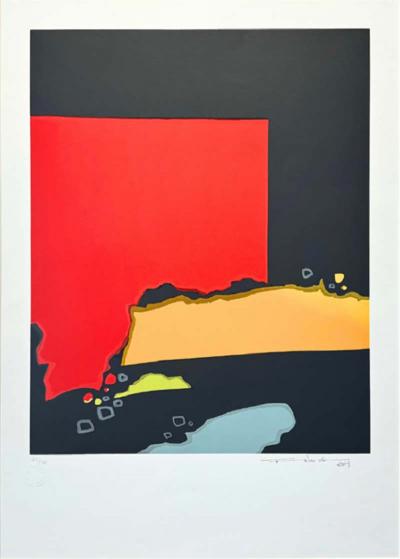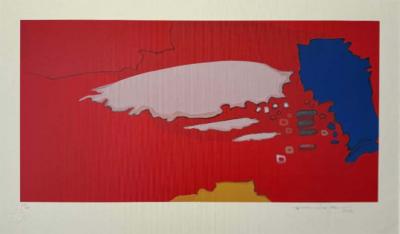Kenji Fukuda
Brazilian, 1943
Kenji Fukuda (1943)
Kenji Fukuda's journey as a visual artist was deeply influenced by his upbringing as the son of another artist. From an early age, he was immersed in the world of creativity, making his first artistic marks at just six years old. This early exposure laid the groundwork for his emergence as one of Brazil’s most significant Nisei artists, earning him recognition from both audiences and critics alike.
While Fukuda is celebrated for his talent in both sculpture and painting, it was his sculptural work that cemented his legacy in Brazil. In 2007, he gained widespread acclaim for his monumental creation honoring the Pan American Games in Rio de Janeiro. This impressive structure, towering several meters high and weighing five tons, stands prominently on Avenida, symbolizing Fukuda's artistic achievements and his place in the Brazilian art scene.
For Fukuda, this commission marked a pivotal moment, affirming his status as a respected visual artist and highlighting his contributions to the cultural landscape of Brazil.
Kenji Fukuda's journey as a visual artist was deeply influenced by his upbringing as the son of another artist. From an early age, he was immersed in the world of creativity, making his first artistic marks at just six years old. This early exposure laid the groundwork for his emergence as one of Brazil’s most significant Nisei artists, earning him recognition from both audiences and critics alike.
While Fukuda is celebrated for his talent in both sculpture and painting, it was his sculptural work that cemented his legacy in Brazil. In 2007, he gained widespread acclaim for his monumental creation honoring the Pan American Games in Rio de Janeiro. This impressive structure, towering several meters high and weighing five tons, stands prominently on Avenida, symbolizing Fukuda's artistic achievements and his place in the Brazilian art scene.
For Fukuda, this commission marked a pivotal moment, affirming his status as a respected visual artist and highlighting his contributions to the cultural landscape of Brazil.
